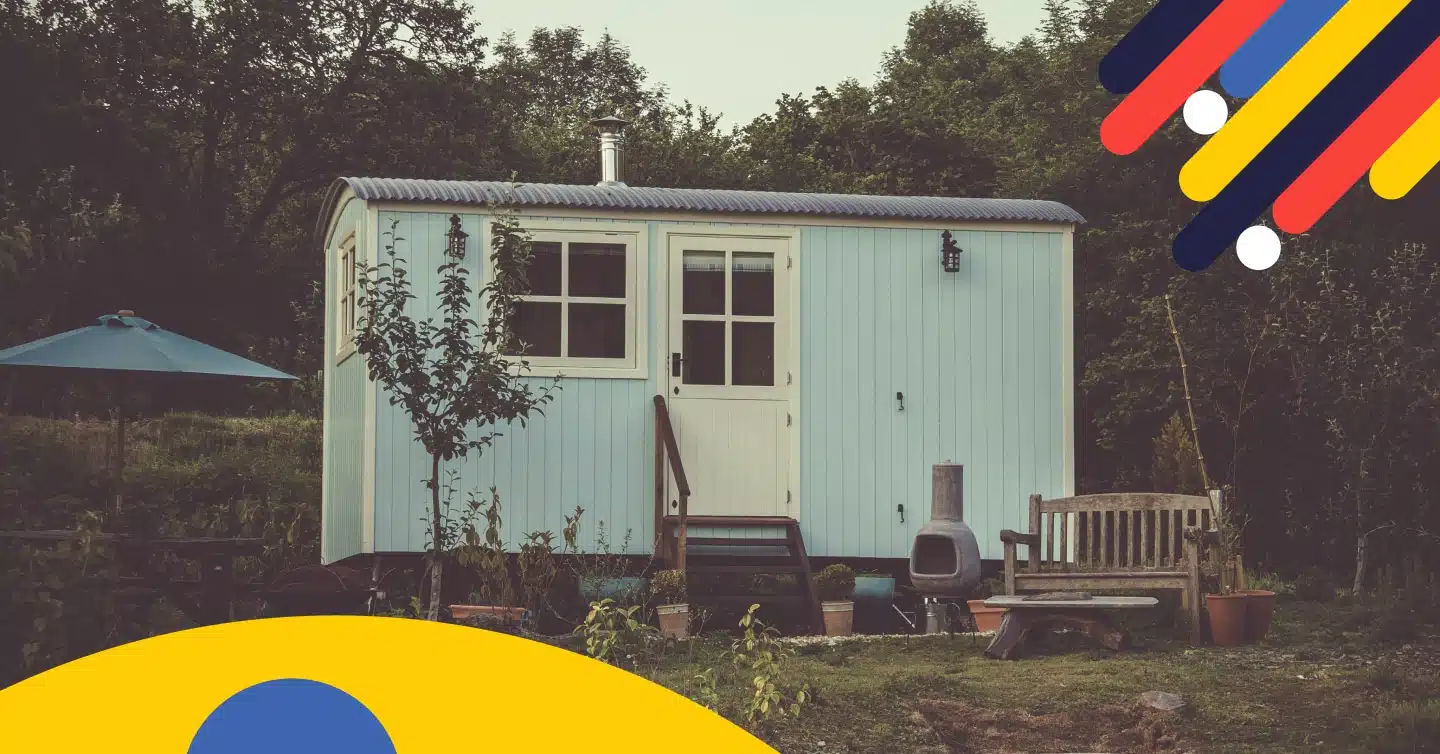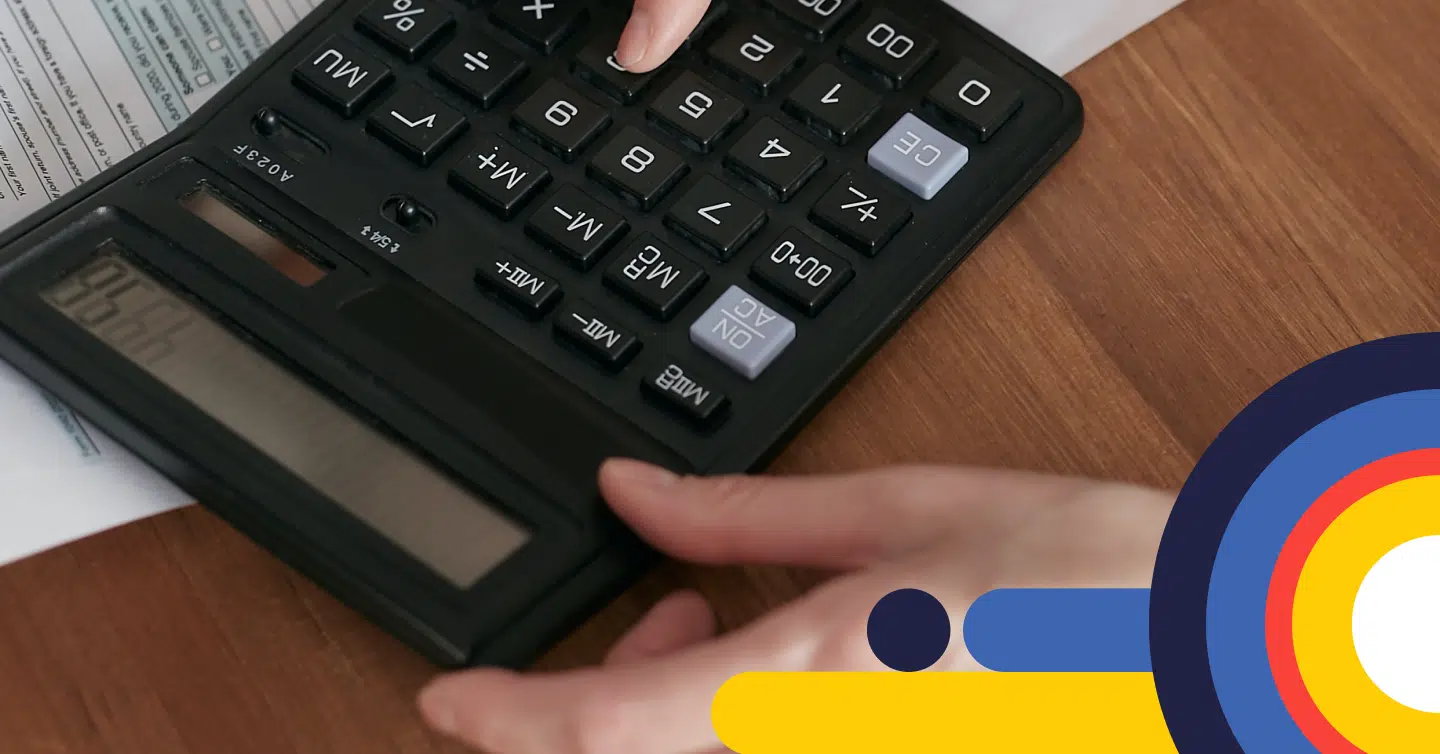Alternative Housing Trends to Watch

Housing in Canada is evolving in response to affordability challenges and shifting lifestyles. Affordability is a key issue prompting Canadians to look beyond traditional homeownership models and consider alternatives to where and how they live, as well as how homeownership fits into their lives.
Alternative housing models, once considered niche, are gaining real momentum, ranging from tiny homes and modular builds to co-living communities and multi-generational living arrangements. These emerging housing models are creating new possibilities for buyers and renters, offering more flexible and affordable paths to stable housing and homeownership.
Key Takeaways
- Affordability challenges are driving Canadians toward creative housing solutions.
- Sustainability and efficiency are fueling interest in modular, prefab, and tiny homes.
- New housing models could reshape demand, pricing, and mortgage needs.
Why Alternative Housing Is Gaining Momentum
The cost of homeownership continues to climb, and many Canadians are seeking alternatives that allow them to buy or rent affordably without compromising on quality of life. According to CMHC, housing affordability remains one of the biggest challenges for households, particularly in major urban centres. Rising borrowing costs, tight supply, and demographic shifts are prompting families and individuals to reconsider their approach to housing.
Another factor is cultural and generational change. Younger Canadians are increasingly open to non-traditional living arrangements. At the same time, older generations are increasingly willing to consider multi-generational living or secondary suites as ways to stay close to family and manage costs at retirement. Together, these shifts are reshaping what Canadians view as “normal” housing, and they’re pushing policymakers, lenders, and developers to adapt.
Top Alternative Housing Trends to Watch
Canada’s housing landscape is no longer limited to single-family homes, condos, and traditional rentals. As affordability pressures mount and preferences evolve, Canadians are exploring new forms of housing that combine creativity, practicality, and lifestyle benefits. Some of these options are designed to reduce costs, while others appeal to values like sustainability. Together, they highlight how diverse the path to homeownership or stable housing can be today.
Co-Ownership Models
Co-ownership models have traditionally been between spouses or common law partners. However, today, co-owning with friends or family is becoming more common. Since buying a home on a single income is increasingly becoming more difficult, pooling resources to combine incomes and amass a larger down payment can help borrowers qualify for a larger mortgage and purchase a home that would otherwise be out of reach.
This type of housing model can work well with the right ownership structure, but requires clear legal agreements to outline who pays what, how decisions are made, and what happens if one person wants to sell or passes away. Done right, co-ownership offers an alternative path into the housing market at a time when affordability remains a significant challenge for many.
Multi-Generational Households
With home prices and rental costs rising faster than incomes, more families are pooling resources to live together under one roof. Cultural traditions also play a role. In many communities, multi-generational living is not a new phenomenon, but rather a continuation of long-standing practices. What is changing is how mainstream it’s becoming, as even younger Canadians see it as a practical solution.
Renovations to create basement suites or separate living spaces within larger homes are becoming common, supported by zoning changes in some municipalities to allow secondary suite or laneway housing, which can be used to support multi-generational living apart while remaining on the same property.
Combining multiple incomes can help families qualify for larger mortgages and access better housing in competitive areas. At the same time, there are non-financial advantages: built-in childcare, eldercare, and stronger family support networks. While it does require careful planning and compromise on privacy, multi-generational households are proving to be one of the most sustainable and adaptable housing trends in today’s market.
Co-Living and Co-Housing Models
Co-living or co-housing models are a type of housing that combines private spaces with communal, socially connected areas. This type of housing arrangement combines private ownership, where each household has a smaller, self-contained unit, with shared communal spaces and amenities that can include kitchens, dining areas, gardens, and recreational spaces.
Unlike rentals, these types of developments are designed and managed by the residents and are sometimes supported by non-profits such as Cohousing Options Canada. While availability is still limited compared to other traditional housing models, demand is increasing as Canadians look for solutions that combine financial practicality with support networks.
Co-living arrangements can help reduce costs, foster community, fight isolation, promote more sustainable living, and are becoming increasingly appealing to younger Canadians and newcomers trying to establish themselves in high-cost-of-living urban markets.
Prefabricated and Modular Homes
Prefab and modular construction is gaining traction across Canada as a faster and often more affordable way to build. Instead of constructing a house entirely on-site, sections are manufactured in a factory and then transported and assembled on the property. This approach reduces weather delays, limits material waste, and can lower labour costs, which makes it attractive in a country facing both a housing shortage and rising construction expenses.
Affordability is a key reason behind their growth, but sustainability is another driver. Modular homes often meet higher energy-efficiency standards than older housing stock, which can help families save on utility bills over time. Developers are also finding they can scale projects more easily, offering entire communities of modular homes built in months rather than years. These types of homes may be a critical component for addressing Canada’s affordability and housing shortage challenges.
Tiny Homes
Tiny homes are gaining traction among Canadians who want to downsize, live more sustainably, or enter the housing market at a lower cost. Their appeal lies in simplicity and affordability, but zoning and building codes remain barriers in many provinces. Some municipalities are beginning to update regulations to accommodate tiny homes as garden suites. Others have allowed whole communities like Bluegrass Meadows Micro Village in British Columbia, as interest grows in smaller, more affordable living spaces.
Financing tiny homes can be tricky. If the unit is built on wheels or has a smaller square footage than lender thresholds, it may not qualify for a traditional mortgage. In these cases, buyers often need alternative financing, such as personal loans, until broader lender policies catch up to support this type of housing.
Secondary Suites
Secondary suites, such as basement apartments, laneway houses, or accessory dwelling units (ADUs), are becoming more common as cities work to expand housing supply. Municipalities like Vancouver, Toronto, and Calgary have eased zoning rules, making it easier for homeowners to add rental units on their properties. These suites can help meet rental demand, provide affordable housing options, and allow families to create separate living areas for multi-generational households.
From a mortgage perspective, secondary suites are easier to finance than tiny homes because they are tied to an existing property. Many lenders will even consider rental income from a legal secondary unit when assessing mortgage applications. This can boost borrowing power and help homeowners manage their monthly payments, making secondary suites both a practical and financially strategic option.
Rent-To-Own
Rent-to-own programs allow Canadians who may not yet qualify for a mortgage under the stress test or have a traditional down payment ready. In a rent-to-own agreement, tenants rent a home for a set period with the option or requirement to buy it later. A portion of the rent is often credited toward the future down payment for the purchase, helping renters build equity over time.
Households benefit from immediate access to a home while buying time to strengthen their credit or savings to purchase the home in the future. From a mortgage standpoint, rent-to-own agreements can be a bridge into ownership, but lenders only step in once the tenant is ready to purchase the home outright. At that stage, buyers still need to meet standard qualification rules, including the income to support monthly payments, qualify on the stress test and meet minimum down payment requirements.
Shipping Container Homes
Shipping container housing units built from repurposed steel containers are durable, modular, and can be stacked or combined to form surprisingly stylish living spaces. Their industrial design can be customized with insulation, windows, and interior finishes, making them almost indistinguishable from conventional homes once completed. Canadian developers and homeowners are experimenting with container housing in both urban and rural settings, often as a response to affordability pressures or to support eco-friendly living.
These homes can be adapted for small lots in dense cities, providing efficient use of limited land, or scaled up for larger builds in multi-unit residential and mixed-use projects. Stackt Market in Toronto is a well-known example, where shipping containers have been transformed into a lively commercial hub, showcasing their versatility for both housing solutions and mixed-use developments.
Floating Homes
For Canadians living near waterways, floating homes offer a unique alternative to traditional housing. They combine the appeal of waterfront living with the potential for lower entry costs compared to detached houses in major cities. Communities of floating homes already exist in places like Vancouver’s Granville Island and Toronto’s Scarborough Bluffs, where residents enjoy a unique lifestyle that blends urban convenience while living in a rare community on the water.
Financing these properties can be complex. Depending on the province, some lenders may provide mortgages for floating homes while others may only offer chattel loans that require a substantial down payment. Buyers may require specialized financing through marine lenders or personal loans, and ongoing mooring fees must be factored into the total cost of ownership. Despite these hurdles, floating homes are one of the most unconventional but increasingly visible alternative housing options in the market.
Van Life and Mobile Living
The van life movement, once popularized as a travel lifestyle, is now being adopted by some Canadians as a full-time housing alternative. Rising rents and home prices have encouraged individuals to convert vans, campervans, or recreational vehicles into compact living spaces that provide mobility and freedom at a fraction of the cost of traditional housing. For younger Canadians, digital nomads, or those craving a minimalist lifestyle, van living offers flexibility and adventure.
Year-round parking and zoning regulations can make it challenging to find legal, stable places to stay, especially in larger cities. Insurance and financing options are also limited, since vans are typically classified as vehicles rather than homes, making them ineligible for traditional mortgages. Despite these hurdles, the lifestyle appeals to those seeking lower costs and the ability to live outside the constraints of conventional housing.
Impacts on Real Estate and Mortgages
These alternative housing trends raise new questions on the impact on real estate markets across Canada and what this means for lenders and insurers.
Impact on Real Estate
Innovative builds, such as prefabricated and modular homes, may eventually influence supply and home prices, as they can be created more quickly and at a lower cost. Recognizing this potential, the federal government has committed to delivering 500,000 new homes annually, supported by $25 billion in loans for companies that manufacture factory-built homes.
Meanwhile, zoning changes are encouraging more legal basement apartments and laneway housing in some areas. While these shifts won’t replace traditional housing overnight, it does expand the options available to buyers and renters. Over time, these additions to the housing supply could help ease affordability pressures in Canada’s most expensive markets.
The federal government has also announced the creation of Build Canada Homes, a new agency designed to accelerate the development of affordable housing by unlocking public land and streamlining the building process. The initiative will focus on building affordable homes, supporting builders with financing, and encouraging innovative building methods that use Canadian technology, workers, lumber, and sustainable building practices.
By lowering land costs and removing bottlenecks, Build Canada Homes aims to encourage more modular, factory-built, and community-focused housing options while expanding supply in markets facing the steepest affordability challenges. The agency will also play a role in non-market and supportive housing, giving municipalities and developers new opportunities to scale projects more efficiently. This approach could ease price pressures, especially in urban centres where limited inventory continues to drive up home values.
Impact on Mortgages
Financing these alternative housing models presents a challenge for many Canadians. Multi-generational households and co-living arrangements often have an advantage, as combining incomes can increase mortgage eligibility. At the same time, rental income from a legal secondary suite can also strengthen a mortgage application. These are more widely accepted mainstream housing options that are easier to obtain financing for when compared to other newly emerging housing alternatives.
Prefab and modular homes are generally eligible for insured mortgages once they are completed and fixed to a permanent foundation. Tiny homes and shipping container units can be harder to finance if they don’t meet minimum size requirements or are not fixed to a permanent foundation, meaning buyers may need specialized lending or alternative financing until lender policies catch up with the shift toward non-traditional housing.
Insurers such as CMHC, Sagen, and Canada Guaranty have begun acknowledging and adapting their policies for some of these non-traditional housing models, especially modular homes and legal secondary suites, as part of the solution to Canada’s broader housing supply crisis. Still, financing rules remain uneven across the country.
Frequently Asked Questions (FAQ) About Alternative Housing Trends in Canada
Can you get a mortgage for a prefab or modular home?
You can get a mortgage for a prefab or modular home as long as it is affixed to a foundation and on land that you own. If the home is not on a permanent foundation, you may be able to get a chattel mortgage.
Are tiny homes legal in Canada?
Tiny homes are legal in Canada if they meet the requirements of the National Building Code, but ownership often depends on local regulations. Provinces and municipalities set their own zoning and building codes, which can determine where tiny homes are permitted and under what conditions. Some cities, including Vancouver and Toronto, have updated their bylaws to support smaller dwellings; yet, rules differ widely across the country.
How do rent-to-own models work in Canada?
Rent-to-own programs allow tenants to rent a home with the option or requirement to purchase it later. Rent is set higher, allowing a portion of the rent to be set aside and used toward the eventual down payment.
Final Thoughts
Alternative housing models are no longer fringe concepts; they are real solutions for Canadians facing affordability challenges and shifting lifestyles. From prefab builds to co-living, these options are reshaping the market and expanding what homeownership can look like.
If you’re considering an alternative to traditional homeownership options, connect with a nesto mortgage expert. Together, we can find the financing solution that fits your goals and supports your long-term housing plans.
Why Choose nesto
At nesto, our commission-free mortgage experts, certified in multiple provinces, provide exceptional advice and service that exceeds industry standards. Our mortgage experts are salaried employees who provide impartial guidance on mortgage options tailored to your needs and are evaluated based on client satisfaction and the quality of their advice. nesto aims to transform the mortgage industry by providing honest advice and competitive rates through a 100% digital, transparent, and seamless process.
nesto is on a mission to offer a positive, empowering and transparent property financing experience – simplified from start to finish.
Contact our licensed and knowledgeable mortgage experts to find your best mortgage rate in Canada.
Ready to get started?
In just a few clicks, you can see our current rates. Then apply for your mortgage online in minutes!



